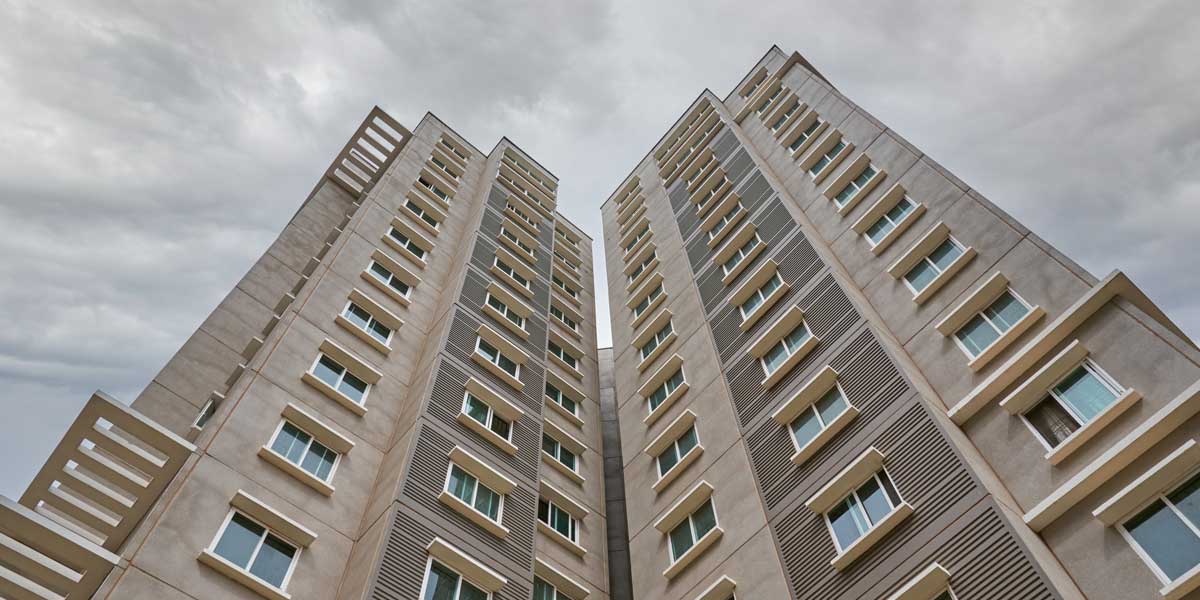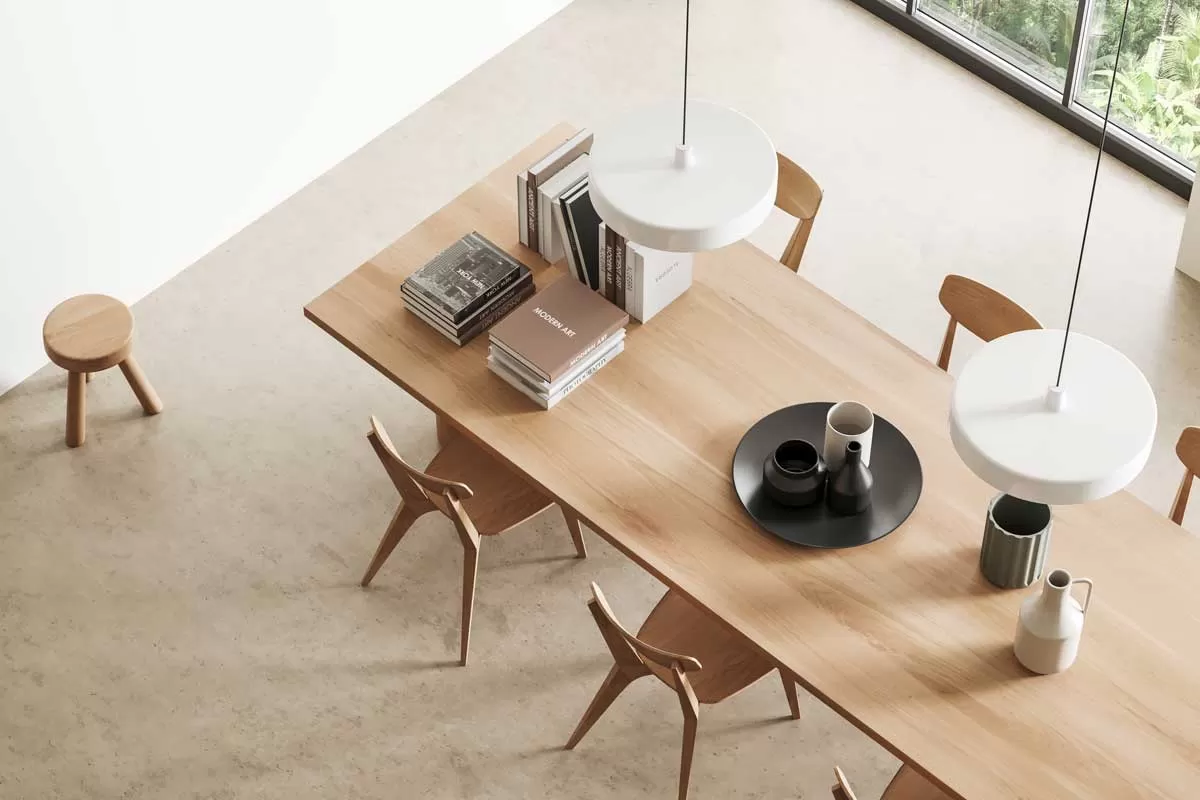Demand for cement in volume is expected to grow at a CAGR of 7 per cent between FY20 and FY26, according to Emkay Global Financial Services. Investments in infrastructure, the healthy revival in demand for housing and various government initiatives will spur this growth. However, Holtec Consulting India estimates that the next two years or so will see a higher growth rate, as the latent demand (accumulated) from the past two years is realised, according to Jagdeep Verma, Head - Business Consulting. Thereafter, he expects cement demand to stabilise at 6-7 per cent per annum over the medium term.Demand drivers Housing is the major demand driver for cement in India; rural housing and affordable housing together account for 40-45 per cent of demand, and urban housing for 20-25 per cent, observes Anupama Reddy, Assistant Vice President & Sector Head, ICRA. “Infrastructure accounts for 23 per cent and industrial capex for 10 per cent.”“A robust kharif harvest and continued healthy procurement supporting farm income are expected to drive rural demand,” she continues. “Affordable housing units pending completion by CY2022, 6.1 million under the PMAY-R and 6.3 million under the PMAY-U, will drive demand. Low home loan rates and the demand for more residential space owing to the shift to a hybrid working model will boost demand for urban housing. Spending on transportation, energy and urban infrastructure projects under the National Infrastructure Pipeline (NIP) through to FY2025 is likely to augur well for cement in the medium term.Demand for RMC will increase on the back of the greater government focus on infrastructure and social development-related projects, and the recommencement of commercial and housing projects after COVID and the improvement in the economy, opines Verma. “State/district administrations are expected to continue to make efforts to curb pollution at construction sites; this is likely to spur the preparation of concrete outside city/municipal limits, consequently leading to the higher usage of RMC and a reduction in conventional onsite mix concrete.”Reddy expects the eastern region to grow 150 bps higher than the pan-India average, supported by rural housing and infrastructure projects.Pricing woesThe cement industry generally follows a yearly cyclical price trend, observes Harshavardhan Neotia, Chairman, Ambuja Neotia Group. “Prices are at their lowest between July and October; at their highest from November to March; and somewhere in between from April to June.”Regional demand supply dynamics, trends in input costs and a pricing discipline are the key determinants of cement prices, observes Reddy. “In H1 FY2022, cement prices were higher by 4 per cent year on year (YoY), driven by higher power and fuel expenses and freight expenses over the past few months. Cement prices moderated in Q2 FY2022 but are expected to increase by 3-5 per cent in H2 FY2022 supported by a pickup in demand and elevated input costs.With the EBIDTA having improved and ROCs becoming healthier in recent years, Verma expects cement prices to increase by 3-4 per cent per annum in the medium term as cement manufacturers look to offset their operational expenditure-related inflation.Prices in the cement industry are determined by the demand and supply gap as well as intervention by different cement companies forming some sort of arrangement wherein they start quoting the same prices, opines Manoj Rustogi, CEO, SOBHA Concrete Products Division. “We are trying to cope with the increased prices. We procure cement in bulk but as we procure only A-grade branded cement for its consistency and uniformity in quality and supply, our options are limited.”Going forward, Neotia expects factors such as concerns over coal, the steep rise in fuel costs and growing demand for cement in the infrastructure sector to definitely push up cement distribution prices. When that happens, he expects the majority of developers to start to pass on the increased input prices to end-consumers.“High raw material prices have made it difficult not only for us but for developers across the country,” says Manjunath Prasad, COO and Deputy President, Engineering, Brigade Group. “Input costs are higher owing to the 18 per cent reimbursement on construction cost that was applicable prior to April 2019, but was removed when the GST laws changed. In addition, we continue to pay 28 per cent tax on cement, despite it being a basic input for any infrastructure development.”At the Brigade Group, most of the burden of increasing raw material costs has been absorbed by the company; only some of it has been passed on to the customer. “We aim to keep our rates competitive to ensure that customers get the maximum benefit,” adds Prasad.Prioritising quality“Quality determines our choice of cement,” says Neotia. “We look for cement with low heat of hydration; durability; adequate compressive strength and greater resistance towards attacks of alkalis, sulphates, chlorides, chemicals, etc; and high alkalinity for greater resistance to corrosion in the urban environment. Portland Pozzolana Cement (PPC) stands out in all of these parameters. Adding PPC reduces the heat of hydration. It achieves the required compressive strength at 28 days because its cementitious gel reaction is slow. Its high fineness results in better cohesion with the aggregates.”“We are quite satisfied with the quality of cement being supplied by the leading brands,” says Prasad. To ensure the requisite quality and availability of RMC, he proposes using contractors who set up captive RMC plants within project sites.“Kolkata has a decent number of commercial RMC manufacturers spread across the city, providing the required grade of RMC at competitive prices and in keeping with the desired quality, as evident from the cube test and slump tests,” shares Neotia. “Procuring RMC becomes a challenge when inward raw material restrictions are imposed during festivals, or coarse/fine aggregates become unavailable during the monsoons.” Improving distributionTo improve the turnaround time of transportation, Neotia proposes a countrywide freight corridor or fully developed rail/road infrastructure where the turnaround time of transportation is less than what it is today. This is unlikely to impact the pricing of cement because, as Neotia points out, “logistics is a major component of the pricing of cement, whether it happens through rakes, bulkers and/or trucks/trailers.”Transporting cement in bulk is relatively more expensive than transporting it in bags because the former needs special vehicles (bulkers/rail wagons) that usually return empty to the point of origin, observes Verma. “For the bulk transportation of cement to cross an inflection point, the end-user needs bulk cement handling infrastructure. But many construction/infrastructure companies set up temporary facilities near their construction sites, thus lessening the economic viability of setting up bulk cement handling-related infrastructure.Despite these ground realities, Verma expects the bulk transportation of cement to probably increase as some cement plants are planning bulk cement terminals/blending units near major cement consumption centres, from where they can target both the bagged and bulk markets.Doesn’t all-round development sound good?Forecasting the production of cement by typeFour types of cement are predominately produced in India, observes Jagdeep Verma, Head-Business Consulting, Holtec Consulting, India. “Ordinary Portland Cement (OPC), Portland Pozzolana Cement (PPC), Portland Slag Cement (PSC) and Portland Composite Cement (PCC).”Going forward, if the number of solar, wind, nuclear and hydro-based power plants grows rapidly in line with the Government’s plans to reduce the country’s carbon footprint and the use of fossil fuel, the availability of fly ash is likely to become a constraint, he estimates. “In this eventuality, the share of OPC and PCC is likely to increase and that of PPC to reduce. PSC and PCC are likely to be made only in regions with steel plants that generate granulated blast furnace slag.”Alternative products to regular RMC“At various sites where small castings were needed and the site logistics made it unfeasible to transport wet concrete through transit mixers, we used premixed dry RMC supplied in bags,” shares Harshavardhan Neotia, Chairman, Ambuja Neotia Group. “Such dry RMC in bags ensured consistent quality.” “At places where we needed to fill a lightweight material above the structural slab to achieve the required finish, typically places in the kitchen or toilet or some other service areas, we used lightcrete (using EPS granules instead of the normal coarse aggregate) instead of cinder or aerated concrete,” adds Neotia. “Lightcrete can be handled with same tools and equipment used for normal concreting unlike cinder or aerated concrete, which necessitate special arrangements or a job-specific construction methodology.”


















